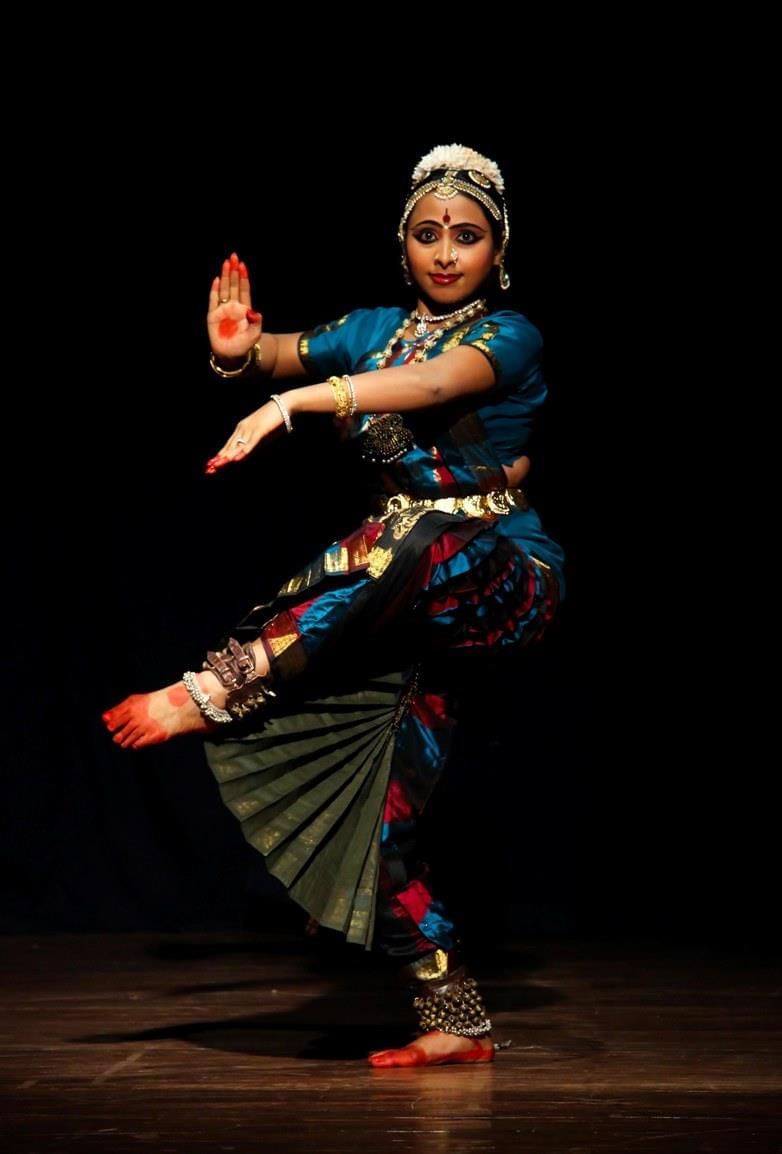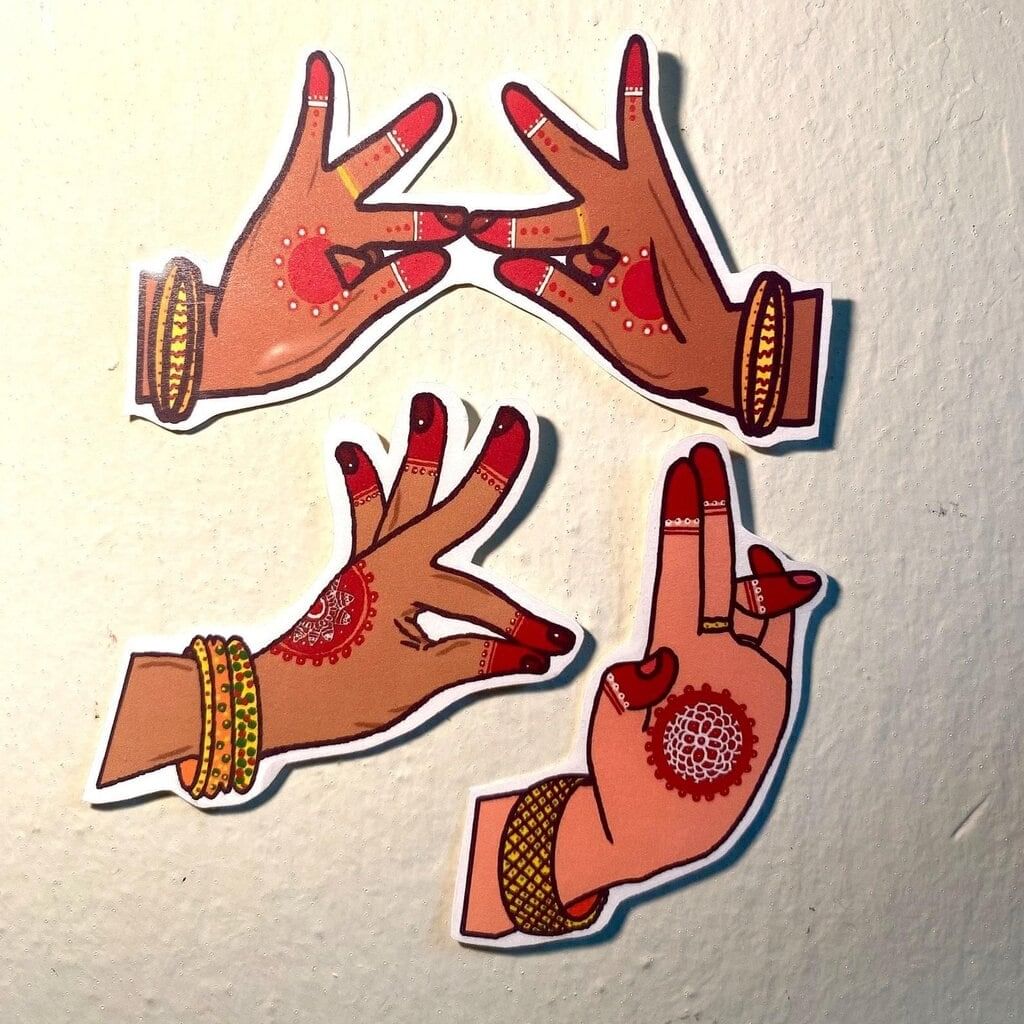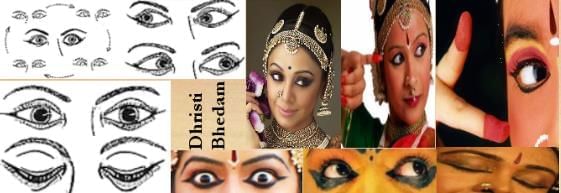Class 5 Exam > Class 5 Notes > Arts (Bansuri) Class 5 - New NCERT > Chapter Notes: My Everyday Activities in Modes of Dance
My Everyday Activities in Modes of Dance Chapter Notes | Arts (Bansuri) Class 5 - New NCERT PDF Download
| Table of contents |

|
| Introduction |

|
| Moving and Standing Still |

|
| Hand Gestures |

|
| My Arms in Dance |

|
| Eyes and Eyebrows |

|
| Conclusion |

|
Introduction
![]() Everyday Actions in DanceThis chapter teaches us how our everyday actions are connected to dance. We learn how movement and stillness, hand gestures, arm movements, and even eyes and eyebrows are important in dance. Dance helps us express our emotions, use our body creatively, and enjoy the art form in our daily life.
Everyday Actions in DanceThis chapter teaches us how our everyday actions are connected to dance. We learn how movement and stillness, hand gestures, arm movements, and even eyes and eyebrows are important in dance. Dance helps us express our emotions, use our body creatively, and enjoy the art form in our daily life.
Moving and Standing Still
 Moving & Standing Still
Moving & Standing Still
- In daily life, sometimes we move and sometimes we stay still.
- Dance also uses both movement and stillness together.
- We start from a still position, then move, and finally return to a still posture.
- This balance of movement and stillness makes dance expressive and beautiful.
Question for Chapter Notes: My Everyday Activities in Modes of DanceTry yourself: What does dance combine to be expressive?View Solution
Hand Gestures
 Hand Gestures in Dance
Hand Gestures in Dance
- Hand gestures are an important part of dance.
- They are used to show objects, ideas, emotions, and even animals.
- Some common hand gestures used in dance:
- Tripataka: used as a flag
- Kartarimukha: used as scissors
- Trishula: used to show a trident or the number three
- Katakamukha: used as wearing earrings
- Karkata: used as stretching the limbs
- Dola: used as standing in equal posture
- Utsanga: used as hugging
- Swastika: used as an alligator
- Hand gestures are powerful because they can tell a story without words.
- They can be used while dancing, playing, or even in daily life actions.
My Arms in Dance
 Arms Activity during Dance
Arms Activity during Dance
- Arms can move in many different directions in dance.
- Types of arm movements:
- Circular movement: move both arms in a big circle.
- Semi-circular movement: move one arm like writing the letter “C”.
- Horizontal movement: stretch arms sidewards in a curve or straight line.
- Diagonal movement: one arm up and one arm down in a slanting line.
- Vertical movement: move arms straight up and down.
- These movements create different shapes and patterns in dance.
- Students can also create their own special arm movements.
Eyes and Eyebrows

- Eyes and eyebrows are also very important in dance.
- They help to show emotions like happiness, sadness, surprise, or anger.
- Different eye movements:
- Parallel movement
- Horizontal movement
- Diagonal movement
- Circular movement
- Practicing eye movements also makes eye muscles strong.
- In dance, eyes are combined with arms and feet to make expressions more powerful.
Question for Chapter Notes: My Everyday Activities in Modes of DanceTry yourself: What is the main focus of the text?View Solution
Conclusion
Dance is not separate from life, it is part of our daily actions. Simple things like standing, moving, using hands, arms, eyes, and eyebrows are all part of dance. By practicing, we can express feelings, tell stories, and enjoy creativity through dance. Dance helps us to celebrate both movement and stillness in life.
The document My Everyday Activities in Modes of Dance Chapter Notes | Arts (Bansuri) Class 5 - New NCERT is a part of the Class 5 Course Arts (Bansuri) Class 5 - New NCERT.
All you need of Class 5 at this link: Class 5
|
76 docs|19 tests
|
FAQs on My Everyday Activities in Modes of Dance Chapter Notes - Arts (Bansuri) Class 5 - New NCERT
| 1. What are the key elements of dance that involve moving and standing still? |  |
Ans. The key elements of dance involving moving and standing still include the use of space, rhythm, and body dynamics. Movement can express emotions and tell stories, while standing still can emphasize a moment or create a sense of tension. Both aspects are essential for a well-rounded dance performance.
| 2. How do hand gestures contribute to the overall expression in dance? |  |
Ans. Hand gestures play a crucial role in dance by enhancing the narrative and emotional expression. They can convey feelings, symbolize actions, or interact with other dancers. Different styles of dance may emphasize hand gestures differently, making them an integral part of the choreography.
| 3. In what ways do arms influence dance movements? |  |
Ans. Arms in dance influence movements by providing balance, creating shapes, and adding fluidity to the performance. They can enhance the visual aesthetic and complement leg movements, making the dance more dynamic. The positioning and movement of arms can also communicate specific emotions or themes.
| 4. How do eyes and eyebrows enhance communication in dance? |  |
Ans. Eyes and eyebrows are vital for expressing emotions and intentions in dance. They can convey feelings such as joy, sadness, or anger without the need for words. The way a dancer uses their gaze can direct the audience's attention and enhance the storytelling aspect of the performance.
| 5. Why is it important to understand everyday activities in dance? |  |
Ans. Understanding everyday activities in dance helps to connect the art form with daily life, making it more relatable. It allows dancers to draw inspiration from their surroundings and experiences, leading to more authentic and expressive performances. This connection can also make dance more accessible to a broader audience.
Related Searches














